IEC Standard for Lightning Protection: A Complete Technical Guide
Lightning is one of the most dangerous natural phenomena that can damage buildings, electrical systems, and human life. To address this threat, international standards have been developed to ensure safety and proper system design. One of the most recognized is the IEC standard for lightning protection, issued by the International Electrotechnical Commission (IEC). This standard outlines a comprehensive framework for protecting structures, electrical systems, and people from the effects of lightning strikes.
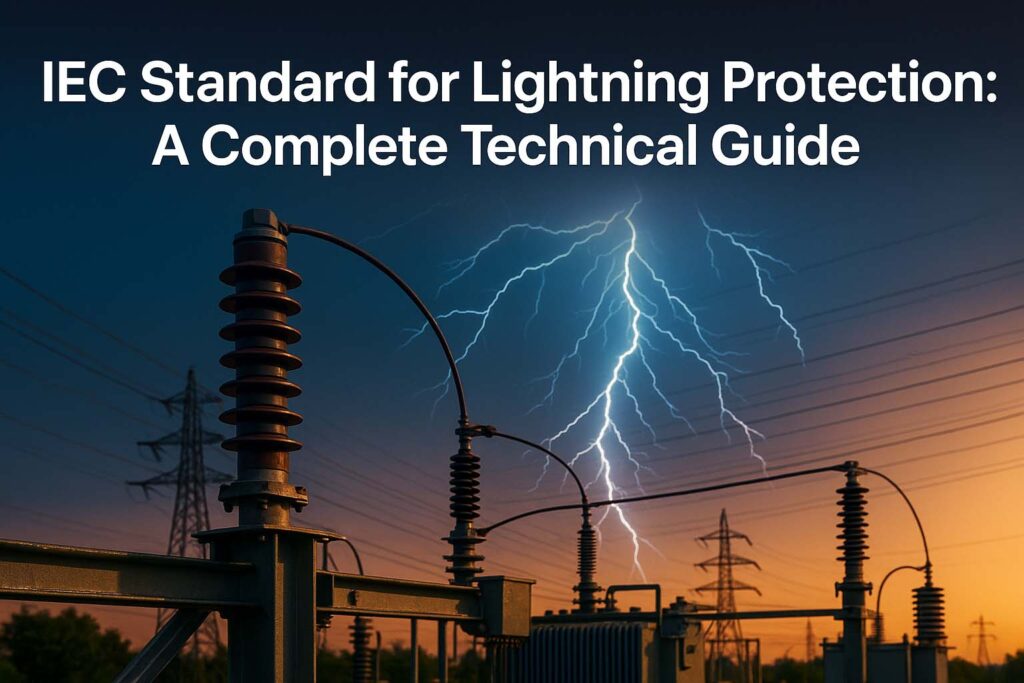
In this guide, we will explore the core aspects of the IEC standard for lightning protection, its importance, how it is applied in real-world situations, and how it benefits engineers, installers, and building owners. Whether you’re a facility manager, an electrical engineer, or simply someone interested in safety compliance, this guide will give you a solid understanding of the subject.
What is the IEC Standard for Lightning Protection?
The IEC standard for lightning protection refers mainly to the IEC 62305 series, a set of four documents that provide clear guidelines for lightning protection systems (LPS). These standards cover the risk assessment, design, installation, maintenance, and inspection of lightning protection measures.
The four parts of IEC 62305 are:
- IEC 62305-1: General Principles
- IEC 62305-2: Risk Management
- IEC 62305-3: Physical Damage to Structures and Life Hazard
- IEC 62305-4: Electrical and Electronic Systems Within Structures
Each part addresses specific aspects of lightning protection and must be applied based on the nature of the structure and its contents.
Know more about Contact Resistance Test IEC Standard
Why Is the IEC Standard for Lightning Protection Important?
Lightning can carry currents of over 200,000 amps. Such a strike can cause fires, explosions, and electrical failures. Without proper lightning protection, buildings, data centers, factories, and communication systems are at high risk.
The IEC standard for lightning protection offers a globally accepted method to ensure safe installations and designs. It minimizes risks to people, property, and critical infrastructure by providing science-based guidelines for protection systems.
It also ensures consistency across projects, especially in regions where international compliance is a must. Adopting this standard is not just about safety but also about legal responsibility and insurance compliance.
Key Concepts in the IEC Standard for Lightning Protection
Let’s now look at some core concepts from each part of the IEC 62305 series to better understand what it covers.
IEC 62305-1: General Principles
This section introduces basic terms, lightning physics, and an overview of system design. It describes the structure of the full standard and lays the foundation for risk-based analysis.
One of the core ideas in this section is the Lightning Protection Level (LPL), which defines the anticipated lightning current parameters and frequency of strikes. There are four protection levels:
| Lightning Protection Level (LPL) | Peak Current (kA) | Probability of Strike |
|---|---|---|
| LPL I | 200 | 0.01 |
| LPL II | 150 | 0.05 |
| LPL III | 100 | 0.1 |
| LPL IV | 100 | 0.2 |
Higher levels like LPL I are used for very sensitive or mission-critical structures like hospitals or oil refineries. Lower levels may be sufficient for residential or low-risk buildings.
Know more about Primary Injection Test vs Secondary Injection Test
IEC 62305-2: Risk Management
Risk assessment is at the heart of designing a proper LPS. IEC 62305-2 provides a structured method to determine whether lightning protection is needed, and if so, what level.
This includes:
- Identifying types of losses: human life, public service, cultural heritage, or economic loss.
- Calculating the risk of lightning strikes based on the structure’s location, size, and environment.
- Evaluating the effectiveness of current protection measures.
The standard provides formulas and step-by-step methods for this analysis. Risk components include direct strikes, nearby strikes, and induced surges from power lines.
Engineers use software or calculation templates aligned with this standard to perform evaluations and generate compliant designs.
IEC 62305-3: Physical Protection and Life Safety
This section is perhaps the most widely used part of the IEC standard for lightning protection. It focuses on how to physically protect buildings and ensure safety for people inside.
Key elements include:
- Air Termination Systems: These include lightning rods and mesh conductors that intercept strikes.
- Down Conductors: These guide the current safely down to the ground.
- Earth Termination Systems: Ground rods or earthing mats that disperse current into the soil.
Proper bonding and separation from other metal parts are also discussed to avoid dangerous sparking.
Know more about Differential Protection of Alternator
For example, the mesh size for air terminals depends on the LPL.
| LPL | Max Mesh Size (m x m) |
|---|---|
| I | 5 × 5 |
| II | 10 × 10 |
| III/IV | 20 × 20 |
Additional considerations like using spark gaps, insulating supports, and corrosion protection are also covered.
IEC 62305-4: Internal System Protection
This part addresses surge protection for electrical and electronic systems within the structure. A lightning strike can cause voltage surges even if it doesn’t hit directly. These can destroy computers, security systems, or production equipment.
To counter this, IEC 62305-4 mandates:
- Surge Protective Devices (SPDs) on power and data lines.
- Shielding of sensitive circuits.
- Equipotential bonding to ensure consistent voltage levels throughout the system.
Different zones of protection, known as Lightning Protection Zones (LPZ), are used to reduce the impact progressively.
| Zone | Protection Level |
|---|---|
| LPZ 0A | No protection |
| LPZ 0B | Protected from direct strikes, but not surges |
| LPZ 1 | Limited surge energy |
| LPZ 2+ | Very limited energy |
Know more about CT Polarity for Differential Protection
Applications of the IEC Standard for Lightning Protection
The IEC standard for lightning protection is applicable to a wide range of structures including:
- Commercial and residential buildings
- Industrial plants
- Telecommunication towers
- Oil and gas installations
- Historical monuments and museums
- Data centers and control rooms
In these environments, proper lightning protection ensures uptime, safety, and peace of mind.
IEC Compliance and Inspection
Designing a lightning protection system is just the beginning. Regular inspections and maintenance are required under the IEC standard.
The standard recommends:
- Annual inspections of all external components
- Testing of grounding resistance
- Inspection of SPDs and bonding connections
- Review after major modifications or lightning events
Proper documentation of test results, design records, and installation diagrams is also part of compliance.
Know more about Overcurrent Protection of Transformer
Benefits of Following the IEC Standard for Lightning Protection
- Global Acceptance: Used in over 80 countries
- Legal Compliance: Ensures you’re not liable in case of lightning-related damage
- Asset Protection: Reduces equipment failure and downtime
- Insurance Support: Many insurers require compliance with IEC standards
- Human Safety: Minimizes the chance of electric shock, fire, and structural collapse
Conclusion
The IEC standard for lightning protection offers a powerful and structured approach to deal with one of nature’s most unpredictable dangers. With rising investment in sensitive electronics and data-driven infrastructure, protection from lightning is no longer optional.
By understanding and applying the IEC 62305 series, engineers and building managers can ensure long-term safety, reliability, and compliance. Whether you’re constructing a new site or evaluating an old one, these standards provide the backbone for robust lightning protection.
Follow Us on Social:
Subscribe our Newsletter on Electrical Insights for latest updates from Electrical Engineering Hub
#IECStandard, #LightningProtection, #IECLightningStandard, #ElectricalSafety, #SurgeProtection, #EarthingSystem, #BuildingProtection, #LightningRiskAssessment, #IEC62305, #ElectricalEngineering, #PowerSystemSafety, #StandardsCompliance, #TechnicalGuide, #LightningArresters, #ElectricalDesign
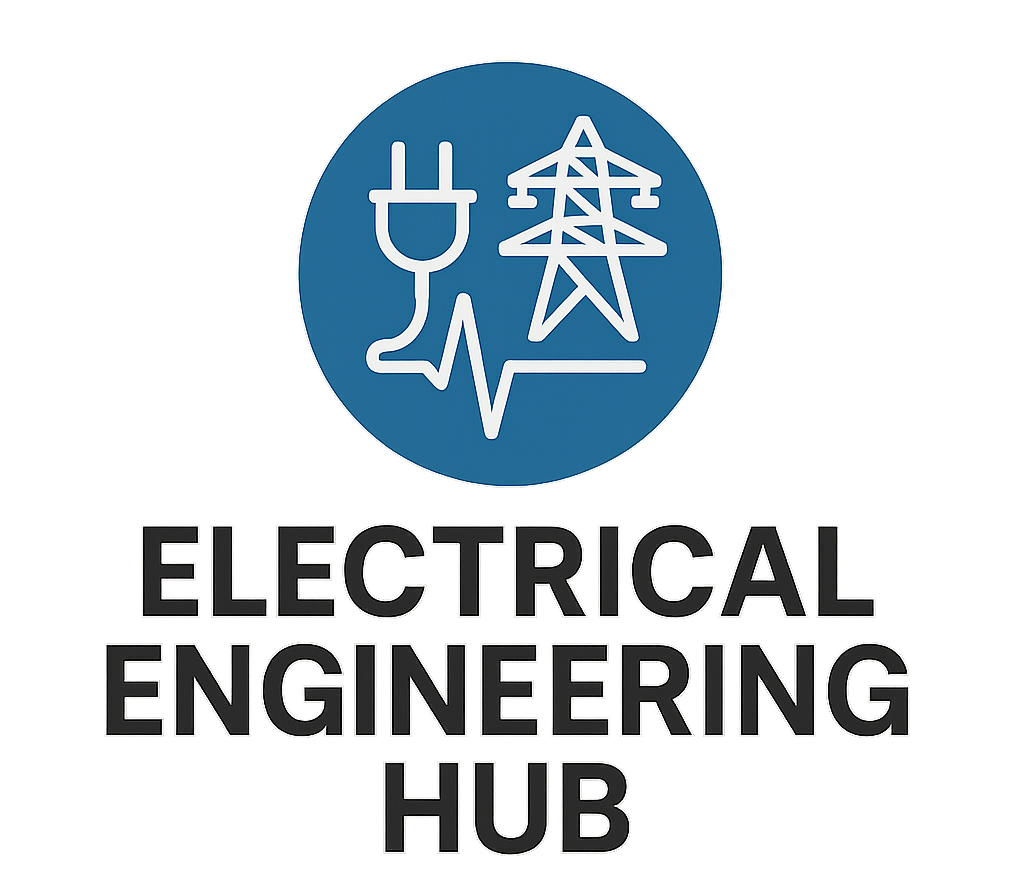
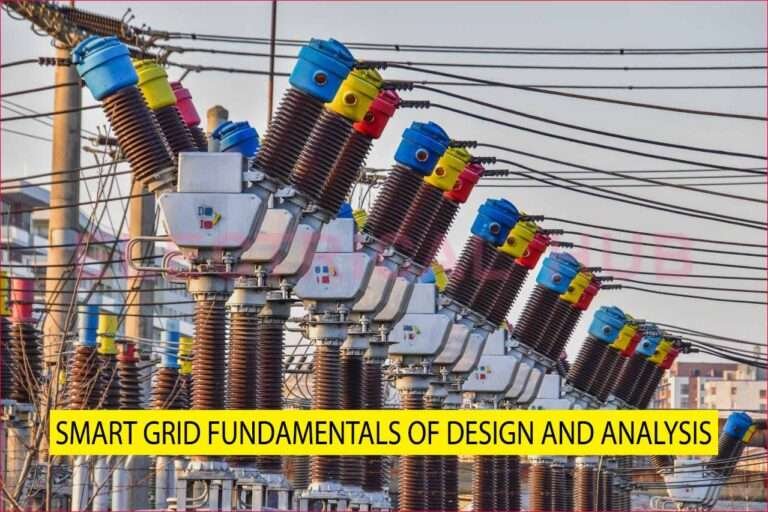
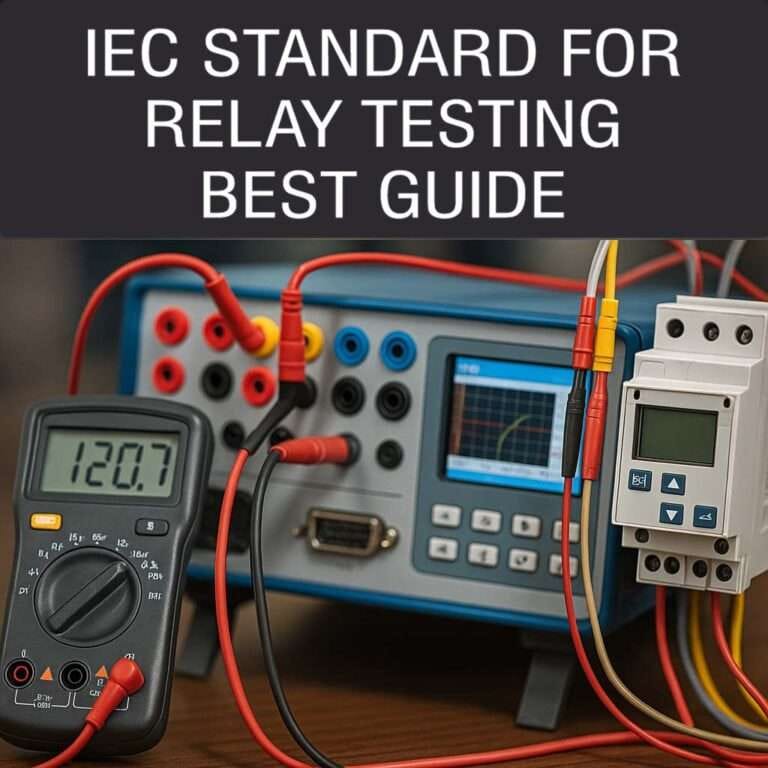

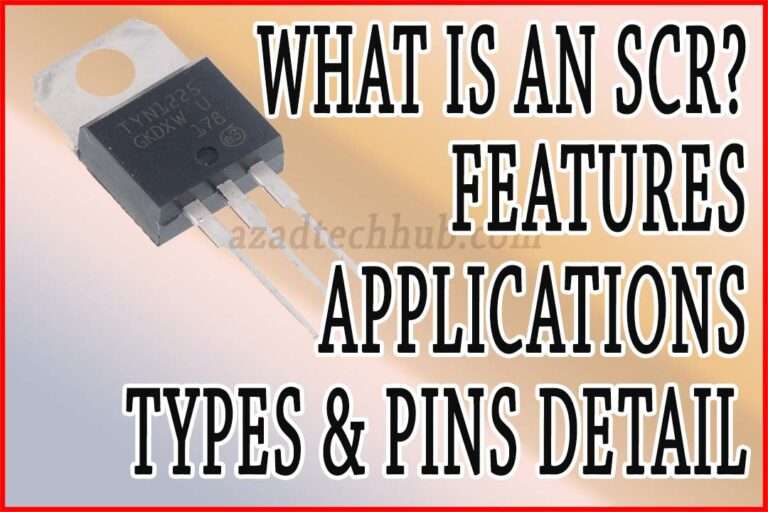
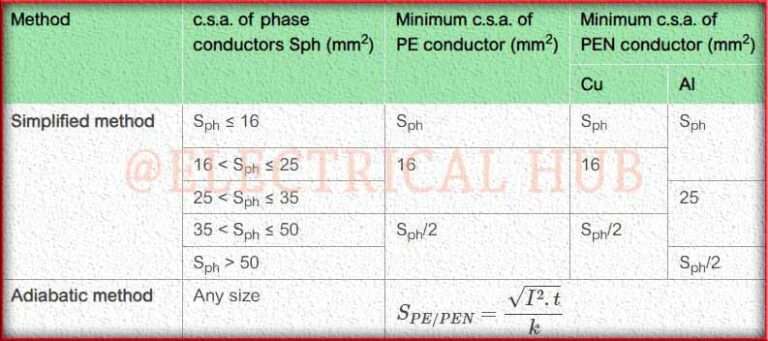
I read this post fully regarding the difference of most up-to-date and preceding
technologies, it’s amazing article.